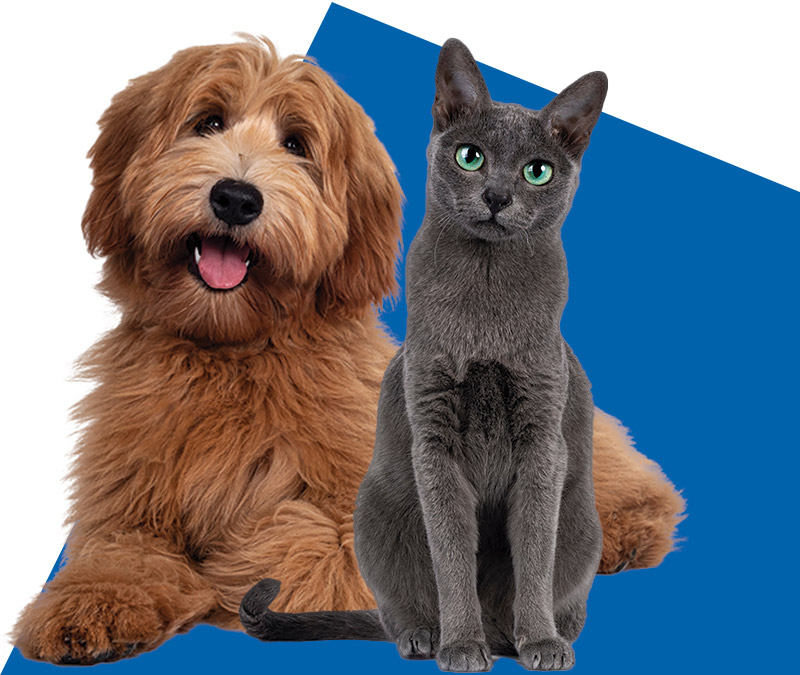FUNCTIONAL INDIRECT OSTEOPATHY FOR PETS IN WEST LINN, OR
Osteopathy
The word osteopathy is derived from the Greek words osteon (tissue) and pathos (feeling) – essentially, feeling the motion of the tissues. As a general category, it includes several techniques including direct techniques (e.g. chiropractic), craniosacral techniques, functional indirect techniques, visceral manipulation, and strain/counter-strain techniques. Osteopathy was developed in the U.S. in the early 19th century by Dr. Andrew Still. It can be added to any other treatment modality or employed alone.

Unlike direct techniques that forcefully move the tissues through their restrictive barriers, indirect techniques assist the tissues to, in a sense, find their own way through restrictions.
Functional Indirect Techniques
Unlike direct techniques that forcefully move the tissues through their restrictive barriers, indirect techniques assist the tissues to, in a sense, find their own way through restrictions. This makes FIO (Functional Indirect Osteopathy) a more empowering approach to tissue health. The AGR (Area of Greatest Restriction) is addressed first, followed by sequences of related areas of dysfunction. As layers of pathology unfold and release, healing progresses. FIO can be applied to any tissue or organ. There are three main networks that are addressed: circulatory, neural, and fascial (connective tissues). The body tends to protect tissues in order of importance for survival, so restrictions are often addressed in this order: vascular, neurologic, visceral (organs), endocrines, lymphatics, and finally musculoskeletal.
Osteopathic Visit
Patients are evaluated to locate restrictions using a combination of visual assessment, detection of heat, gross manual palpation, and subtle manual palpation. Treatment involves subtle manual positioning of the area to initiate movement, followed by assisted movement through the restriction. Like other forms of healing, some patients may feel a bit worse for the first 24-48 hours, but this tends to be rare. Patients generally enjoy this form of treatment because it’s so non-invasive. A few treatments may be necessary before clinical improvement is seen, and treatments are done less frequently as the patient improves. It’s recommended that patients rest after their treatment, and dogs doing agility should refrain from running courses for four days following.
Feel free to call or visit us for more information. We look forward to helping your furry friend!

